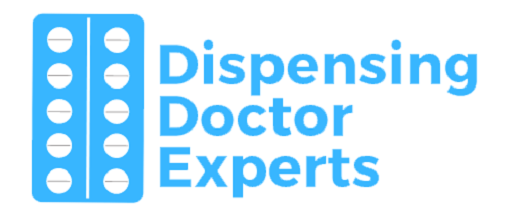
The days when most of the items dispensed by a dispensing practice were branded are long gone. The block buster medicines of the 1990s are all mostly off patent now and are listed in the Drug Tariff as either Category a or Category M medicines and are usually cheap as chips.
The days of branded prescribing of expensive “over Drug tariff price” were pretty much ended by the introduction of Annex 8 some years ago.
But there is still a place for branded prescribing, and therefore, branded dispensing when the clinical or commercial reason is powerful enough.
It may be that a patient insists on having a certain brand, and to ensure compliance in some cases this is the best option to take.
There could be clinical or pharmacological reasons for giving a brand, and these should always come before the decision to prescribe generically. Some modified release brands for example may not be entirely equivalent in their release data.
And there could be a commercial reason for prescribing a brand, it may be that the generic is in short supply, or not available at all due to manufacturing reasons.
For dispensing purposes too, and ensuring correct supply, where there are multiple combination products, with two or three generic medicines listed, it can be much easier to prescribe the brand rather than give a dispenser a confusing multi-generic prescription.
Now onto the commercial part, with the introduction of direct to pharmacy [or dispensary] schemes from the manufacturers, and with reduced wholesaler models and reduced dispensing doctor discounts it is essential that these branded medicines are not dispensed at a loss, wherever possible.
Beware the wholesale discount scheme, as not all branded items are covered by the wholesaler discount; there are many branded products with a discount of 4, 5 or 7% discount, which is well below your clawback rate of 11.18%.
Here is a practical tip for dispensary managers, take a quick look round your dispensary and make a note of the items you hold as stock on your shelves which has a brand name rather than a generic. This could also be used as part of your Continued Professional Development, test yourself and try and match the generic medicine name to the brand name. Then, use the Drug Tariff online or Dictionary of Medicines and Devices online to calculate if the prescription should be written by generic name or brand name – this is purely for reimbursement reasons, the clinical decision must be made by the prescriber.
Also check if you are getting a total discount of above 11.18% on these items to ensure you are not losing income when you dispense them.
Here are a few items to consider if you do not have much branded stock in your dispensary, should the prescription be written by brand name or generic name [where clinically appropriate to do so]:
Anabact 0.75% w/w gel 40g x 1
Blissel Vaginal Gel 50micrograms/g gel 30g x 1
Cardioplen XL 10mg tablets x 28
Cetraben Lotion 500ml x 1
Desomono 75 microgram tablets x 84
Fencino 100micrograms/hour transdermal patches x 5
Nexium 20mg gastro-resistant tablets x 28
OxyPro 10mg modified-release tablets x 28
SpaceChamber Plus x 1

